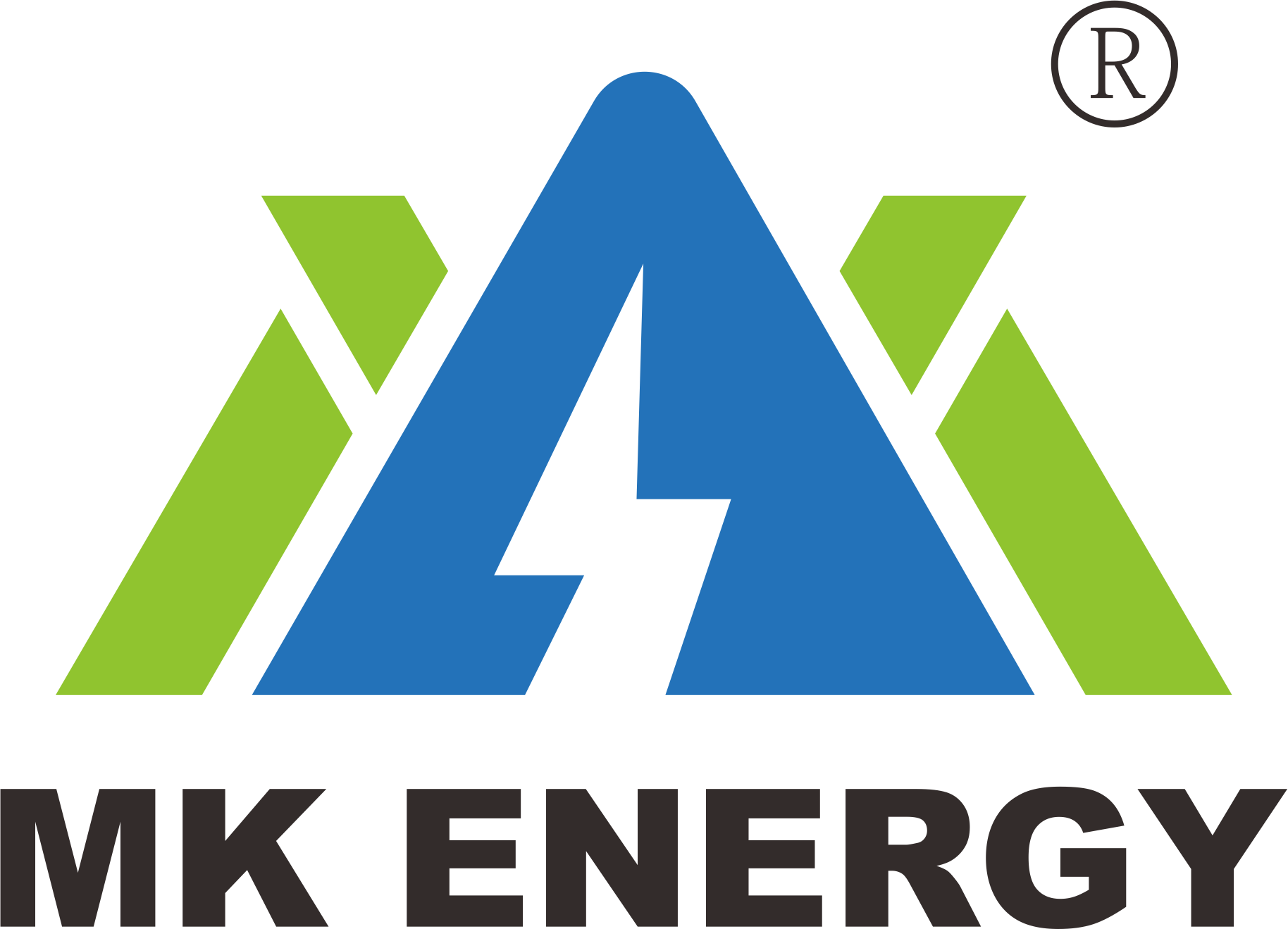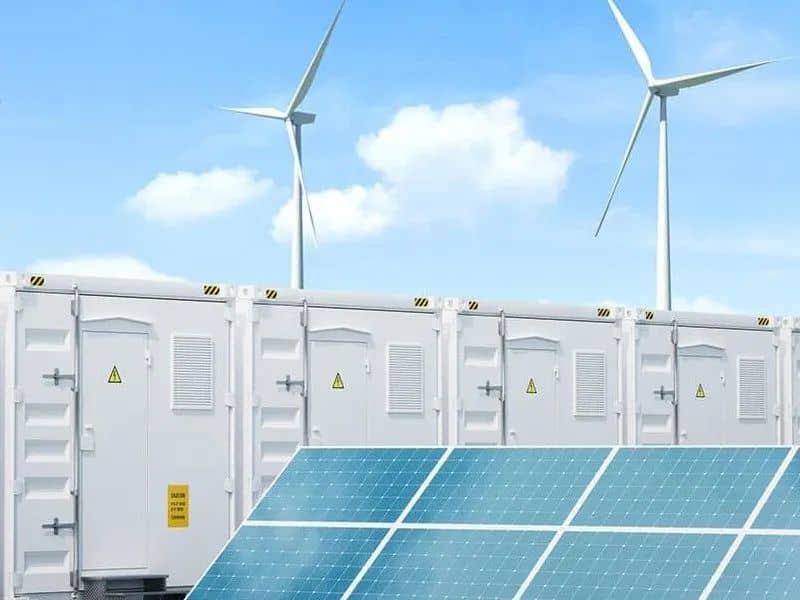Energy storage is an important means to achieve social carbon emission reduction and is an indispensable new energy infrastructure for the future zero-carbon society.
Industrial and commercial energy storage
Commercial and Industrial (C&I) Energy Storage Systems are mainly used for energy management in industrial and commercial enterprises.
Industrial and commercial energy storage is a typical application of distributed energy storage systems on the user side. It is characterized by being close to the distributed photovoltaic power source and load center. It can not only effectively increase the consumption rate of clean energy, but also effectively reduce the transmission of electric energy. losses to help achieve the “double carbon” goal.
As user-side energy storage, industrial and commercial energy storage is widely used in large industrial and commercial energy-consuming units such as smart cities, industrial parks, community business districts, and commercial office buildings to achieve intelligent energy management.
Main application modes include:
Peak shaving and valley filling ——By charging and storing energy during valley hours and discharging energy during peak hours, we can reduce the electricity costs of enterprises or parks and save customers electricity bills.
Demand response ——When the short-term power consumption is greater than the transformer capacity, the energy storage system quickly discharges to meet the load’s energy demand requirements.
Power trading —— On the power market trading platform, short-term power transactions are conducted based on load forecasting to maximize profits.
Off-grid power backup——When power is interrupted, it provides uninterrupted short-term power supply to important loads to reduce economic losses caused by sudden power outages of loads.
Industrial and Commercial Energy Storage Market
China Industrial and Commercial Energy Storage
According to CESA statistics, my country will add 5.9GW of electrochemical energy storage in 2022, of which 0.3GW will be added to user-side energy storage, accounting for approximately 5.2% of the newly installed energy storage capacity, of which 0.10GW will be distributed and microgrid, accounting for approximately 5.2% of the new installed capacity. The total scale is 1.7%, and user-side peak-shaving and valley-filling is 0.2GW, accounting for approximately 3.5% of the total new scale.
Overseas markets are growing rapidly
At present, the scale of industrial and commercial energy storage in major countries is still relatively small, and there is broad room for subsequent growth. U.S. energy storage (including large-scale storage, industrial and commercial storage, and household storage) can receive IRA tax credits, and some European countries also have policy support for industrial and commercial energy storage.
Taking the United States as an example, the scale of industrial and commercial installed capacity in the United States continues to grow rapidly: the installed capacity of industrial and commercial energy storage in Q1 was 69.1MW/203.3MWh, +44%/+112% month-on-month, and +10/+43% year-on-year; in the United States, the installed capacity of large-scale storage and household storage in Q1 While both prices fell sharply, industrial and commercial energy storage achieved significant month-on-month growth.
Development potential of industrial and commercial energy storage
Policy side:
The integration of power source, grid, load and storage, flexible development of new user-side energy storage, and increased policy support for industrial and commercial energy storage. The “Blue Book on New Power System Development” proposes to further integrate decentralized demand response resources and increase user-side flexible adjustment and response capabilities to more than 5% to promote the local development, utilization and efficient consumption of new energy.
Economical:
The peak-trough price difference continues to expand, the income from the peak-trough arbitrage model increases, and the spot market is expected to once again improve industrial and commercial economics. According to economic model calculations, the current IRR of domestic industrial and commercial energy storage in Guangdong has exceeded 13%(only the peak-valley arbitrage part). In addition, industrial and commercial energy storage can also significantly reduce demand electricity charges and obtain benefits through peak-shaving and valley-filling of virtual power plants.
Energy security demands:
High-load enterprises in the peak periods of winter and summer demand “stable power supply and prevention of production restrictions”, and industrial and commercial energy storage achieves double insurance of peak reduction and power supply. Rapid economic development stimulates an increase in electricity demand and increases intraday load fluctuations, especially during peak power consumption periods in summer. High-load users are subject to power and production restrictions for demand response. Increasing demand response events require industrial and commercial users to allocate storage to ensure production continuity. Demand drivers Enhance.
In the future, with the continuous cost reduction of raw materials and the improvement of integration technology, there is room for further exploration of energy storage costs.


